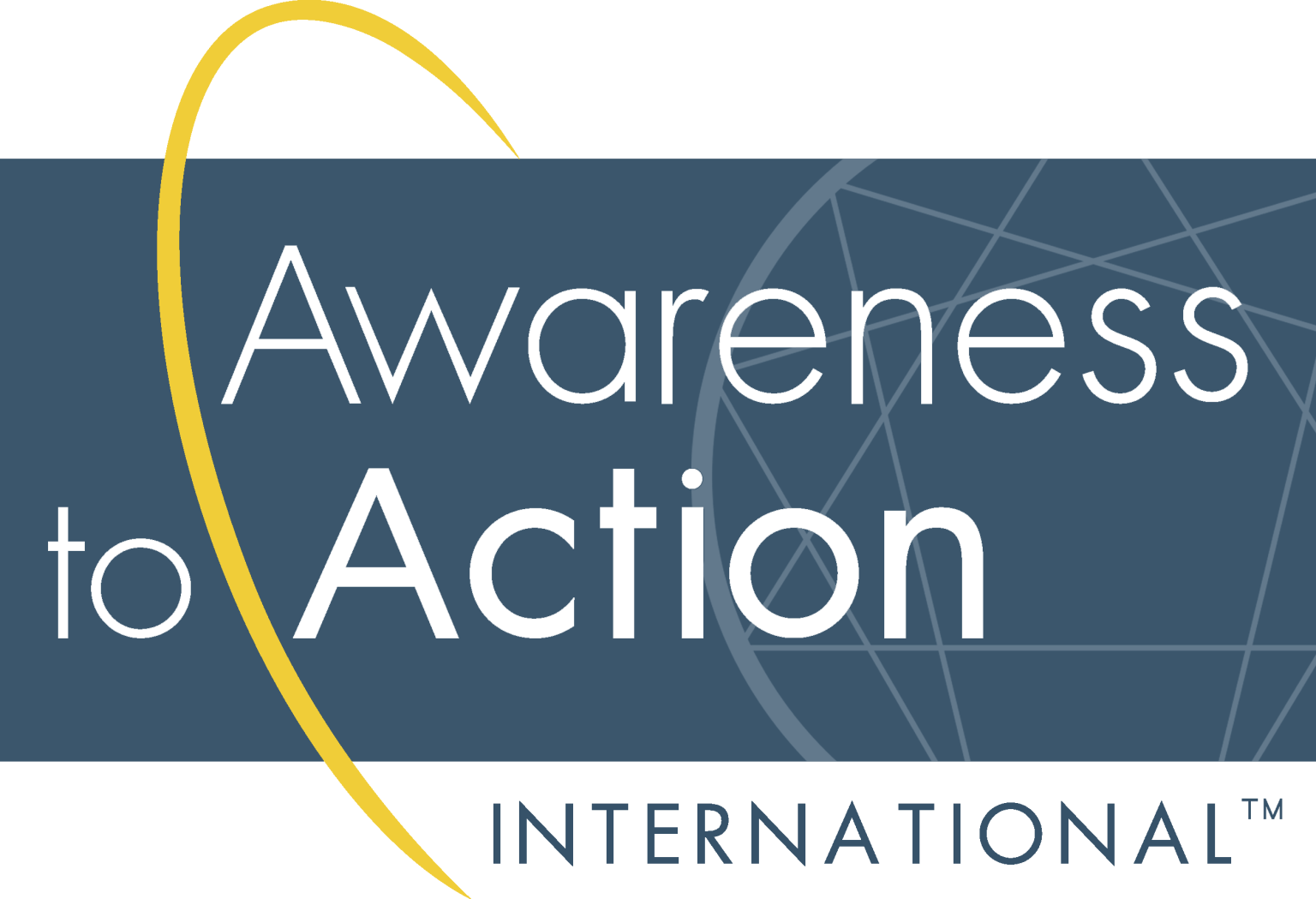Part of an ongoing series on Clear-Thinking Skills. This articles excerpted from “How to Think Well, and Why: The Awareness to Action Guide to Clear Thinking,” which is available in paperback and e-book via amazon.com.
To really understand the challenges of our built in biases, it is important to be able to recognize common cognitive biases that affect all of us. The list of biases below is just some of the biases we face. There are many books and websites that explain these biases in detail—you can find a list in the appendix of “How to Think Well, and Why.” We provide these short descriptions here as a basic introduction to a rich and robust topic.
- Affect heuristic: a mental shortcut in which current emotion—fear, pleasure, surprise, etc.—influences decisions.
- Anchoring or focalism: the tendency to rely too heavily on the first piece of information offered (the “anchor”) when making decisions.
- Automation bias: the propensity for humans to over-rely on suggestions from automated decision-making systems.
- Availability heuristic: the tendency to rely on immediate examples that come to mind when evaluating a situation or decision. Overvalues things that can be recalled easily, even if they are less accurate or useful pieces of data than things that are less easy to recall.
- Bandwagon effect: the tendency to embrace ideas, beliefs, fads or trends that are popular with others.
- Clustering illusion: the tendency to see random clustering in a small sample as a pattern reflecting a larger trend.
- Confirmation bias: is the tendency to non-consciously embrace or interpret information in a way that confirms one’s preexisting beliefs or hypotheses.
- Curse of knowledge: the tendency of experts to overestimate an audience’s or another person’s depth of knowledge of a given topic.
- Escalation of commitment: when an individual or group—faced with increasingly negative outcomes from some decision, action, or investment—continues the same behavior rather than change course.
- Framing effect: the tendency of the presentation method of the information to shape the perception of the information.
- Gambler’s fallacy: the belief that if something happens more frequently than normal during a given period it will happen less frequently in the future, or vice versa.
- Halo effect: when an observer’s overall impression of a person, company, brand, or product influences the observer’s feelings and thoughts about that entity’s character or specific properties. The tendency to assume higher competence among more-attractive people is a good example.
- Hindsight bias: the tendency, after an event has occurred, to unjustifiably see the event as having been predictable.
- Illusion of control: the tendency for people to overestimate their ability to control events.
- Loss aversion: the tendency to significantly prefer avoiding losses to acquiring equivalent gains.
- Negativity bias: the tendency of negative experiences to have a substantially greater impact on people’s perceptions than neutral or positive experiences.
- Normalcy bias: the tendency to underestimate the possibility of disasters and minimize their potential impact, assuming that things will function basically like they always have. Leads to a lack of planning for emergencies.
- Optimism bias: the belief that the individual is at less risk of experiencing negative events than others are.
- Ostrich effect: the tendency to avoid bad news; especially when related to finances.
- Outcome bias: an error made when evaluating the quality of a decision when the outcome of that decision is already known.
- Overconfidence effect: when a person’s subjective confidence in his or her judgments is reliably greater than the objective accuracy of those judgements, especially when confidence is relatively high. Similar to Dunning-Kruger effect in which people who are less competent tend to over-rate their competence and people who are more competent tend to underrate their competence.
- Planning fallacy: the tendency to underestimate the time and effort needed to complete a future task.
- Regression fallacy: the assumption that circumstances returned to normal (regression to the mean) due to corrective actions taken rather than natural fluctuations.
- Selective memory: the brain’s tendency to select, delete, or distort memories without our awareness.
- Status quo bias: a preference for the current state of affairs, and tendency to use the status quo as the baseline reference point despite longer term trends that demonstrate otherwise.
- Sunk cost fallacy: an unwillingness or resistance to cut one’s losses, even in the face of evidence that further investment will lead to greater loss.
- Temporal discounting: the tendency of people to discount rewards when they are farther in the future or the past.
Future articles will tell us how to better manage these biases.






